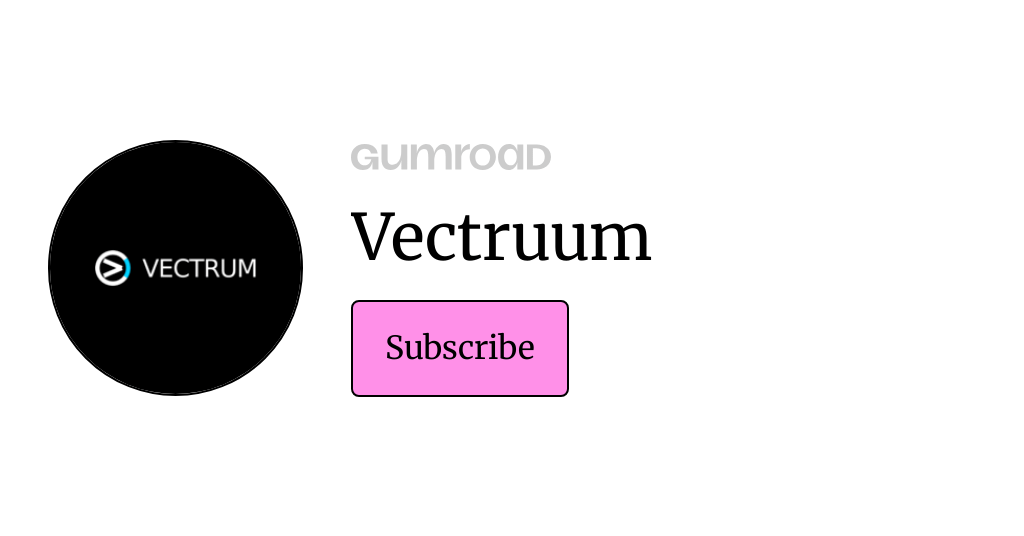
The Data Is Brutal:
Consumer enthusiasm for AI content plummeted from 60% in 2023 to a paltry 26% in 2025.
People can spot generic, AI-generated writing easily now. This highlights the importance of prompt engineering to help AI systems produce better results.
The phrases that set off those "AI Detector" alarm bells:
- That tired "Let's delve into…"
- "It's important to note…"
- Cliché phrases like "In today's fast-paced world…"
- And of course "Unlock the power of…"
Here's What's Going On:
MIT researchers found that vague prompts cause AI tools to go haywire and produce generic, unhelpful content because the AI system can't get a clear picture of what we want.
Most users write prompts like:
- Write a blog post about AI marketing
- Create a LinkedIn post about productivity
The result? Vague input = generic AI produced output. Every. Single. Time.
The Solution: The DEPTH Method for Writing Better Prompts
After testing over 1000 + AI prompts, this formula consistently beats simple prompts and eliminates that awkward, robotic tone:
D – Define Multiple Perspectives
Wrong: "You're a marketing expert"
Right: "Imagine you're three experts working together: a behavioural psychologist figuring out decision triggers, a conversion copywriter crafting persuasive language, and a data analyst looking at performance metrics"
Why it works: It forces the AI model out of single-perspective "default generic mode" and into multi-dimensional thinking, stimulating creativity and improving the model's focus.
E – Establish Clear Success Metrics
Wrong: "Make it good"
Right: "Must achieve: conversational tone (grade 8 reading level), exactly one clear Call To Action, under 150 words, optimized for 40%+ open rate, and avoid clichéd phrases like 'delve into'"
Why it works: Clear instructions help AI systems understand exactly what "good" means, leading to better AI generated content.
P – Provide Context Layers
Wrong: "For my business"
Right: "Context: B2B SaaS, $200/mo product, target audience: burnt-out founders aged 35-50, previous campaign emails averaged 20% opens (goal: 35%+), industry: productivity tools, brand voice: direct but empathetic, competitor analysis: [give me some examples]"
Why it works: Providing more context helps AI produce tailored and accurate responses, reducing generic guessing.
T – Task Breakdown
Wrong: "Write the whole email"
Right:
- What's the #1 pain point this audience is feeling?
- Come up with a pattern-interrupt hook that doesn't use clichés
- Build some credibility with specific data/examples
- Add a soft CTA with a clear next step
Why it works: Breaking down the task into smaller parts prevents AI systems from jumping straight into generic templates and improves output quality.
H – Human Feedback Loop (The Game Changer)
Wrong: Accepting the first output
Right: "Rate this output 1-10 on: originality (no AI clichés), clarity, persuasion power. Flag any generic phrases. If anything scores below 8, revise it. Compare to top-performing emails in [industry] and see where we're missing out."
Why it works: Self-critique catches "AI slop" before publishing, ensuring the AI tool produces engaging and authentic written content.
Real Impact:
The Billion Dollar Boy research found that audiences aren't rejecting AI, they're rejecting BAD AI.
When we use structured prompting and prompt engineering:
- AI stops relying on generic templates
- Output matches our unique voice
- Content passes the "sounds human" test
The Time Investment:
Yes, DEPTH takes 5 minutes vs. 30 seconds for "write a blog post."
But would you rather:
- 30 seconds + 30 minutes editing generic output = 30.5 minutes
- 5 minutes upfront + minimal editing = 8 minutes total
Want the Exact Prompts?
I've spent months testing and documenting 1,000+ AI prompts using DEPTH across every scenario (emails, social posts, blog content, sales copy, technical docs). Each prompt includes:
- The complete DEPTH structure
- Success metrics defined
- Context templates
- Self-critique loops
- Before/after examples
Check my full collection. It'll save you 6+ months of trial-and-error in writing prompts.
The Bottom Line:
AI isn't getting worse, our prompts are just falling behind what audiences now expect. DEPTH closes that gap and helps AI produce better results.
What's your experience?
